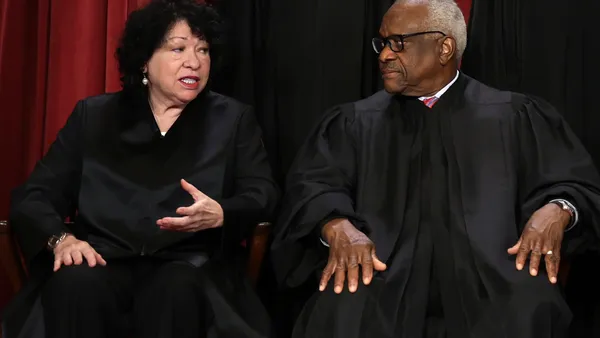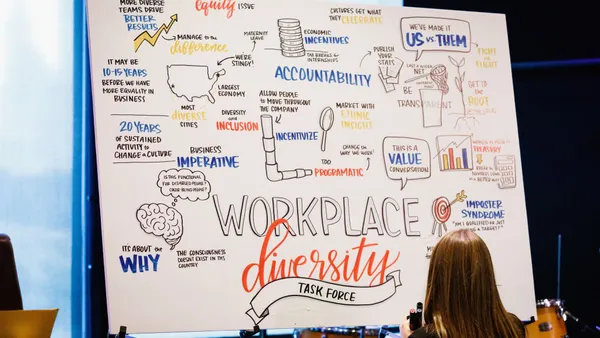Dive Brief:
- The 9th U.S. Circuit Court of Appeals has overturned a lower court's ruling that the use of four racial slurs in a worker's presence over one year was not enough to find that the worker was subjected to an abusive work environment (Mack v. Town of Pinetop Lakeside, et al., No. 17-17105 (9th Cir. July 2, 2019)).
- Johnny Mack worked in a town roads department for 20 years. In 2015, he got a new boss and a new co-worker. Mack was the only African-American employee. He said he heard the new boss and the new co-worker use the "n-word" three times and a racial slur aimed at Native Americans one time. In addition, a co-worker hid a snake in Mack's service vehicle, which Mack said caused him to have a heart attack. Mack sued, alleging harassment and retaliation in violation of Title VII of the Civil Rights Act of 1964, as well as intentional infliction of emotional distress (IIED).
- The trial court granted summary judgment to the employer, but the 9th Circuit reversed. The use of four racial slurs made in Mack's presence between 2015-2016 was sufficient to establish a genuine issue of material fact as to whether Mack was faced with working in an abusive workplace, the 9th Circuit said. The 9th Circuit also quoted two of its previous decisions in 2004 and 2001, that the n-word was "highly offensive and demeaning" and "perhaps the most offensive and inflammatory racial slur in English." The court also allowed Mack's IIED claim to proceed because Mack's co-worker knew Mack was "extremely afraid" of snakes and suffered from poor health.
Dive Insight:
A plaintiff is not required to prove a "hellish" workplace to establish a hostile work environment, the 7th Circuit has previously ruled. Earlier this year, it allowed a case to proceed that involved three racial slurs by a supervisor over a six-month period, stating that the supervisor's conduct was both severe and humiliating.
The U.S. Equal Employment Opportunity Commission (EEOC) clearly defines the unlawful misconduct that can create a hostile work environment. "Petty slights, annoyances, and isolated incidents (unless extremely serious) will not rise to the level of illegality," it has said in guidance. "To be unlawful, the conduct must create a work environment that would be intimidating, hostile, or offensive to reasonable people. Offensive conduct may include, but is not limited to, offensive jokes, slurs, epithets or name calling, physical assaults or threats, intimidation, ridicule or mockery, insults or put-downs, offensive objects or pictures, and interference with work performance."
Prevention, says the EEOC, is the "best tool to eliminate harassment in the workplace." Employers are advised to:
- Clearly communicate to employees that unwelcome harassing conduct will not be tolerated;
- Establish an effective complaint or grievance process;
- Provide anti-harassment training to managers and employees;
- Take immediate and appropriate action when an employee complains;
- Create an environment in which employees feel free to raise concerns and are confident that those concerns will be addressed; and
- Encourage employees to report harassment to management at an early stage to prevent its escalation.













